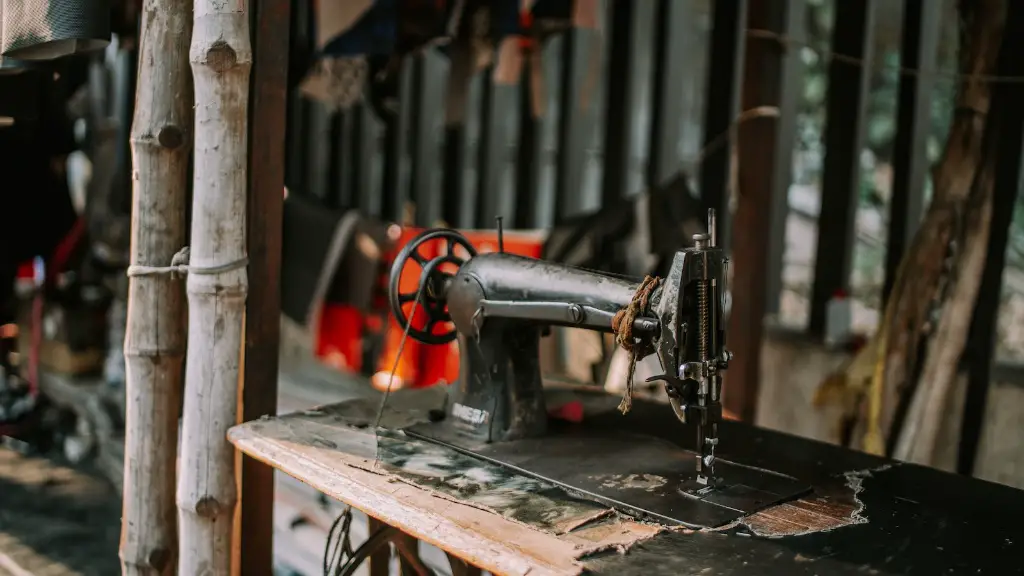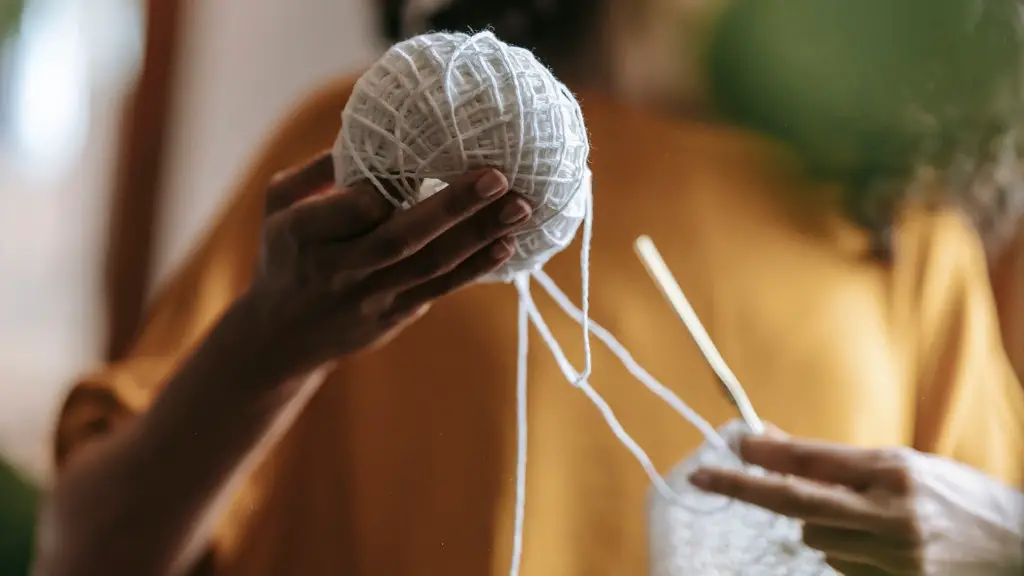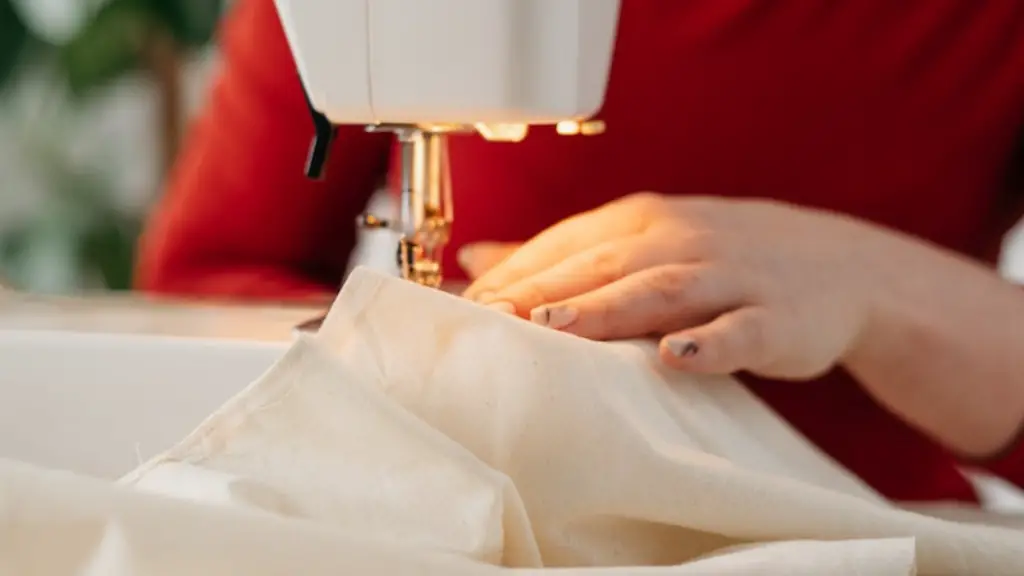The creation of the sewing machine has revolutionized the history of fashion and clothing. Its invention had a significant impact on employment opportunities, productivity and style. The sewing machine has had a significant influence on our lifestyles and made the world a faster, more efficient place.
The first successful sewing machine was patented by French Tailor Barthelemy Thimonnier in 1830. His machine used a metal wire to ‘stitch’ together cloth, and was made using a metal frame, and a hand crank to move it. Despite his pioneering design, his machine was met with hostility by other French tailors who viewed it as an affront to their livelihood.
In 1846 in the United States, Massachusetts born Elias Howe, unveiled a revolutionary machine which combined the use of a needle with a loop as well as a shuttle. This design was a much fewer complex and efficient way of stitching together cloth and using a foot pedal to animate the needle. That same year, Howe was granted a patent for his invention and the first iteration of the modern-day sewing machine was born.
Sewing machines have helped to revolutionize the fashion industry. Pre-sewing machine, the fabrication of garments by hand was the main method of production and took many hours of laborious work. Products were often expensive and unaffordable for the average person. Thanks to the invention of the sewing machine, the cost of garments diminished significantly, making them more accessible to average people. It also created more jobs in the garment manufacturing industry, allowing for increased production and improved livelihoods.
The sewing machine has also allowed fashion to flourish and expand, as it can produce garments quickly with accuracy and precision. Furthermore, intricate detailing and stitch work is possible with the level of finesse that a machine is capable of. This has further enabled the fashion industry to evolve and therefore provide scope for more intricate and fashionable designs.
Not only has the sewing machine improved the fashion industry, but it has also had a significant impact on our home lives. Due to its user friendly design and low cost, the introduction of the household machine made it easier for everyday people to repair their own clothing, as well as create better clothing for their families. With the emergence of ready-made kits, the home sewer could turn their hand at creating garments quickly and efficiently, with a relatively low investment.
Today the sewing machine has become a ubiquitous feature in the world of fashion and the everyday. Advances in technology have enabled the creation of automatic, digital machines which have made it easier to create complicated fashion products. Sewing machines are also used to produce products in the automotive and medical device industry, illustrative of their versatile nature.
Increased Speed of Production
The sewing machine has revolutionized the speed of production in the fashion industry. Humans can stitch garments together with a basic level of accuracy and precision, but a machine can do the same job more quickly and with more precise results. Sewing machines can also create garments that are complex, with intricate detailing and design. By utilizing automation, the process from design to finished product is quicker and more efficient. This means that the fashion industry can produce larger volumes of clothing in a shorter space of time.
Products can now be created on an industrial scale, meaning that the cost of fashion is much lower and due to increased competition in the industry, styles and trends evolve and spread rapidly. This has led to the proliferation of fast fashion, which is both affordable and fashionable with a wide variety of choice.
In the home-sewing scene, this has led to the increased availability of sewing machine kits and sewing tutorials, which make learning to sew much more accessible and fun. Additionally, digitalizing machines have made the process of machine sewing simpler, which has seen an upsurge in creating garments and home decor items.
Environmental Impact
The sewing machine has had a strong impact on the environment due to the garments it produces. Fast fashion has led to an increase in disposable clothing, leading to more waste being recycled and burned, affecting the environment negatively. This has been documented, for example by the Ellen MacArthur Foundation, which found that around 75 percent of post-consumer clothing produced goes directly to landfills or is incinerated. In addition, the amount of water and energy used in the production process is high.
On the flip side, the invention of the sewing machine has enabled the industry to not only consume materials more efficiently, but also reuse and repurpose resources. This has provided scope for the emergence of upcycling, which is a way of using discarded or damaged garments to create something new and fashionable. The upcycling trend has been adopted by businesses and people alike, creating stylish and sustainable clothing, accessories and home decor items.
Additionally, the sewing machine has helped to increase the sustainability of the fashion industry. By reducing the time to create garments and increasing efficiency, fewer materials are wasted, and it is easier to manage waste in manufacturing processes. This means that less energy and resources are being used in the production of clothing, leading to a more sustainable industry.
Advancements in Technology
The invention of the sewing machine has helped to usher in an age of advanced technology. This has allowed for the seamlessly integration of computers into the sewing process, allowing for the automation of tasks and therefore increased speed and accuracy of production. Computer operated machines can be programmed to produce the same item multiple times, which minimizes human error and waste in the fashion production process. Furthermore, developments in ways to recycle textiles, from yarn to fabric, have been accelerated by the presence of the sewing machine.
The integration of the computer into the sewing machine has also allowed for a much larger range of advanced features and functions, such as the ability to connect to the internet and share information. This has led to the growth of the home sewing trend, with an influx of reading-made projects and the ability to purchase sewing components via the internet.
Conclusion, advanced technology has also enabled the development of digital designs and patterns. This has enabled the fashion industry to move away from the use of paper patterns, which simplifies the process of producing garments and limits the amount of waste. Additionally, the use of digital patterns also reduces the cost of production as it minimizes the need for manual labor.
Societal Impact
The invention of the sewing machine has had a profound effect on our society. It has allowed the garment industry to expand and evolve, and in turn become more creative. Moreover, it has created more job opportunities in the industry, allowing people to escape poverty through their labor. Similarly, it has allowed for increased production, allowing for stylish and affordable garments for everyday people.
In addition to this, the sewing machine has led to the flourishing of the home sewing industry. This has enabled people to learn the craft of sewing and express their creativity through their garments. It has also allowed people to form a community of sewers, which has helped to educate and inspire new people to join the craft.
The sewing machine has also enabled a more sustainable fashion industry. Automation has enabled the industry to operate more efficiently, resulting in fewer resources being used and more resources being recycled. This has made it easier for businesses to operate in a more responsible way, leading to a more sustainable industry.
Innovation and Research
The invention of the sewing machine enabled the industry to move forward with innovations and research. This has helped the fashion industry to withstand the tides of time and make progress in terms of design, production, and technology. Companies have been able to utilize cutting-edge technology in order to increase efficiency, reduce costs, and create more complex and stylish products.
The availability of resources and information has also enabled the fashion industry to develop in leaps and bounds. With the internet, fashion designers and home sewers alike have access to countless tutorials, patterns, and designs. This has made it easier for them to become adept at sewing, as well as encouraged further curiosity and exploration.
Likewise, the industry is constantly researching new technologies and ways of improving the efficiency and speed of production. From high-speed machines to 3D printing, the fashion industry has been able to evolve and develop more reliable and accurate products. This has also led to greater diversification of styles and products, allowing for people to express their identity and creativity.
Conclusion
The invention of the sewing machine has had a significant impact on our lives and the fashion industry. From increased productivity and reduced cost, to increased access and diversity, the sewing machine has revolutionized the way we dress. Furthermore, the advent of innovative technologies such as the internet and 3D printing have allowed us to further explore the possibilities of fashion and create garments with intricate detailing and design.





